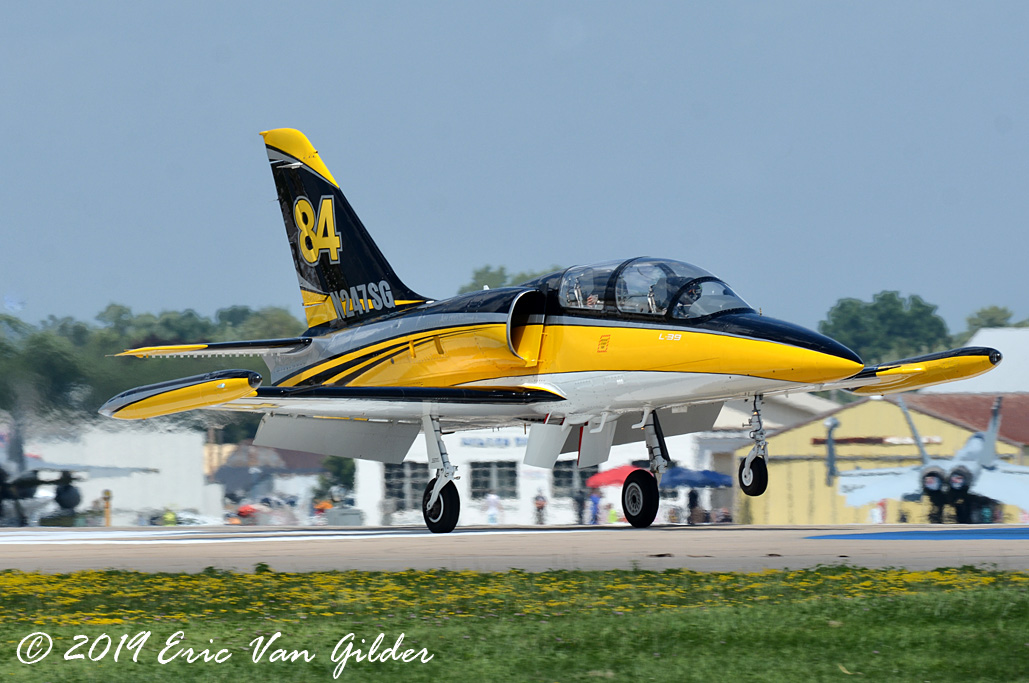

The aircraft is equipped with a 23mm Gsh-23 two barrelled cannon which can fire munitions at a rate of 150 rounds per minute.įFAR or CRV-7 rockets and AIM-9 air-to-air missiles are also housed in the aircraft. The L-39 has four hardpoints of which two are located on each wing and two under the wingtips. The avionics suite equipped in the L-29 includes a horizontal situation indicator, a radio altimeter, an intercom and radio control panel, a radio magnetic indicator, a standby radio control panel, an electronic flight instrument system and an attitude heading and reference system. The communication and navigation devices installed in the aircraft encompass hands on throttle and stick control system, very high frequency radio, global positioning system and inertial navigation system. The cockpit is equipped with a mission computer, head-up display (HUD), multi-functional display (MFD), air data computer (ADC) and up-front control panel.Īn instrument landing system, an information friend or foe transponder, an electronic standby instrument system, a tactical air navigation system, and Bendix / King distance measuring equipment form part of the cockpit. The L-39 features a pressurised cockpit fitted with two Czech VS-1-BRI rocket-aided ejection seats in which the rear seat is slightly elevated. It is also fitted with a SAFIR 5 Auxiliary Power Unit which has an automatic engine start capability during ground and emergency engine restarts. The aircraft is fitted with a smoke generation system, an escape system, tri-cycle type landing gear, anti-collision lights and landing lights. The L-39 entered service with the Czechoslovakian Air Force in 1974 when the design faults had been overcome.įeatures The long pointed nose fitted at the front cockpit of the L-39 features electronic equipment and an on-board oxygen generating system.

The maiden flight of the aircraft was completed in November 1968.įull production was delayed until 1972 due to bugs in the air intake design. The development of the L-39 Albatros began in the 1960s. The jet trainer is additionally fitted with two 350l drop tanks on the in-board underwing pylons thereby increasing the overall fuel capacity to 1,955l. Two more fuel tanks having capacity of 100l each have been installed on the non-jettisonable wingtips. Each fuel tank can accommodate 1,055l of fuel. It can incorporate five main rubber bag fuel tanks behind the cockpit. The aircraft was designed to execute basic and advanced pilot training, operational training, border patrol, target simulation and light combat attack missions. L-39 training aircraft design Jan Vicek undertook the design work for the L-39 in 1966. The aircraft is based on the new L-39 aerodynamic concept with optimised features to minimise resistance and improve efficiency. The latest variant L-39NG aircraft is a modern and efficient light jet designed to serve advanced air forces in a light attack role and/or as a single, robust training system.
#I39 albatross upgrade#
L-39CW received a type certificate in March 2018 reflecting the re-engining and upgrade of avionics equipment.

Aero and the Czech Army signed an upgrade contract for L-159 aircraft in June 2017. L-159 is a modern trainer conciliated with foreign avionics and Honeywell F124 engine. L-139 Albatros 2000 is a modified version incorporated with western avionics and Garrett TFE731-4-1T engine. It is fitted with a reinforced fuselage, a longer nose, a tandem seat cockpit and a Lotarev DV-2 engine. L-39MS is an extended version of the L-39 jet trainer. L-39ZA/ART is fitted with an Elbit’s avionics system. It is fitted with a 23mm Gsh-23L twin barrelled cannon and K-13 or R-60 air-to-air missiles. L-39ZA is an armed variant based on the L-39ZO. This variant completed its maiden flight in June 1975 and entered service with Iraq in 1977. L-39ZO is a weapon trainer aircraft fitted with four pylons which can accommodate 1,150kg of payload. L-39V is a single seat version developed for Czechoslovakia’s pilot training missions.


 0 kommentar(er)
0 kommentar(er)
